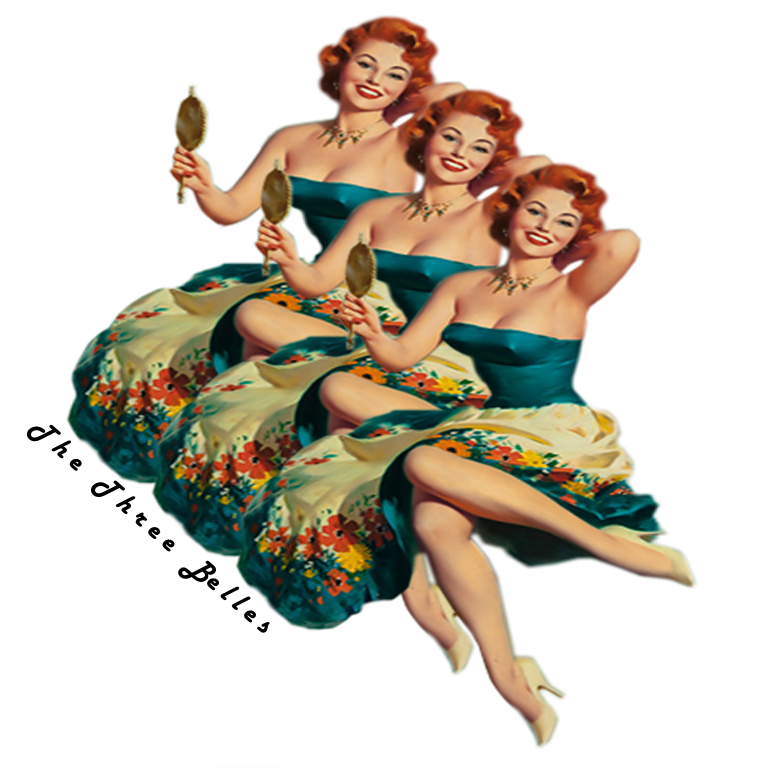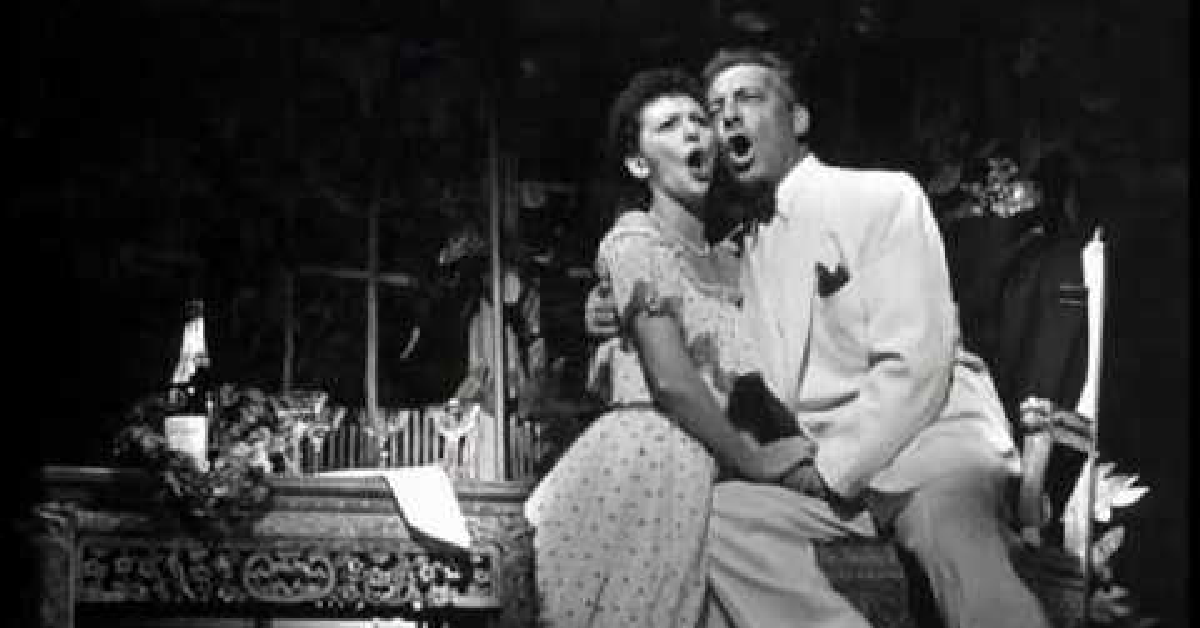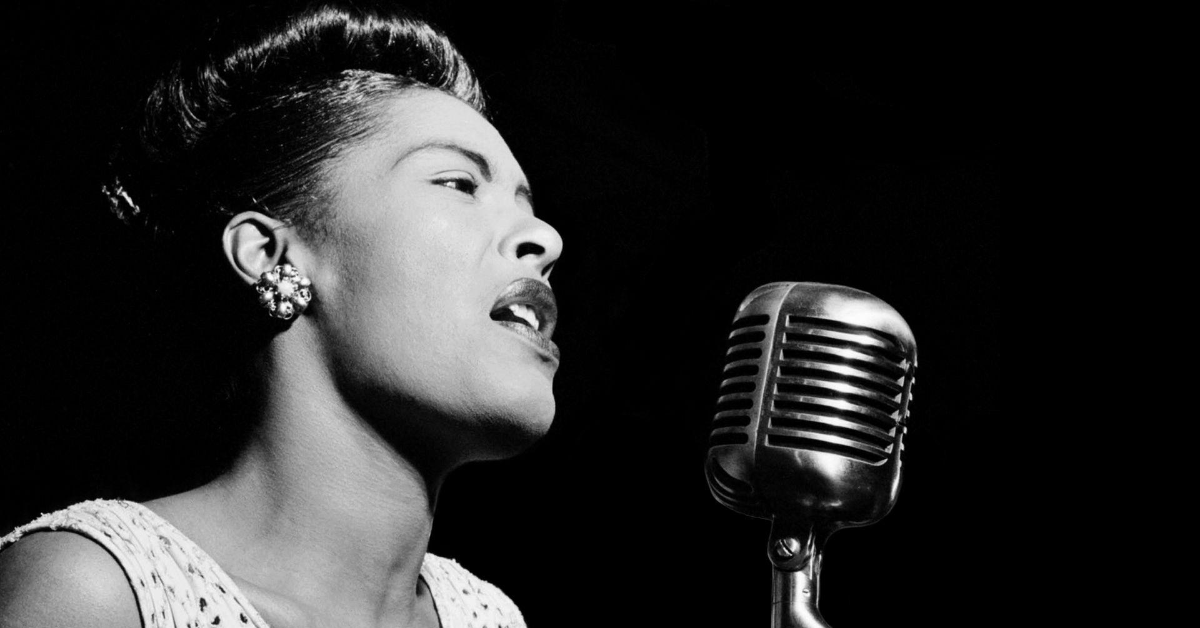Music In 1941
There was little uncertainty that the 1940s were seeing a renaissance of music. The developing interest and confidence in American music, alongside the enthusiasm of enormous symphonies, show organizations, and more modest troupes to play local music supported creation past some other single period in US history.
Tragically, well-known music didn’t have similar accomplishments as its old-style partners. Radio’s blacklist of the ASCAP came full circle on January 1 and from that point on every type of effort was political instead of melodic.
Decided by deals of printed music, the melody of it was a recovery: Intermezzo. it was the main melody to arrive at an aggregate of a large portion of 1,000,000 duplicates.
Its closest adversary in prominence was the fox-run variant of the Tchaikovsky Piano Concerto known as “Around evening time We Love.”
As indicated by Variety, other famous tunes in 1941 were:
1. Amapola
2. Daddy, Do You Care?
3. Hutsut Song
4. I Don’t Want to Set the World On Fire
5. I Hear A Rhapsody
6. You and I
7. You Are My Sunshine
Over the most recent couple of long stretches of 1941 “The White Cliffs of Dover” out of nowhere formed into a tremendous hit and guaranteed instantly to beat any remaining tunes in 1941.
A flare-up of war tunes broke out with the presentation of more genuine threats, however “God Bless America” stood its ground in the enthusiastic field.
Melodic parody partook in some accomplishments with Pal Joey, Let’s Face It, and Lady in the Dark.
Music In 1949
“Some Enchanted Evening,” sung by Ezio Pinza in South Pacific, was the most well-known tune of the year, as indicated by the Lucky Strike Hit Parade, which introduced it for more than 20 progressive weeks, heading the program multiple times.
All things considered, there were preferred melodies over this in the Rodgers-Hammerstein score; three of them, “A Wonderful Guy,” “Bali Ha’i” and “More youthful Than Springtime,” got satisfactory acknowledgement from radio’s high court. Certainly, Kiss Me, Kate contained the best tunes and music at any point composed by Cole Porter. “So in Love” seemed multiple times on the Hit Parade and was certainly the most famous number in the show, albeit such tunes as “The Life I Late Have Led,” “In every case True to You in My Fashion” and “Excessively Darn Hot” were additionally well known.
Miss Liberty, which satisfied the public more than the pundits, had two tunes in the Hit Parade, “Only One Way to Say I Love You” and “How about we Take an Old-formed Walk”; however there were different numbers completely up to the Irving Berlin standard, including the mournful “Schoolwork.”
The top melody of 1948, “Fastens and Bows” held its well into 1949, as did the two Loesser hits, “My Darling, My Darling” and “On a Slow Boat to China.”
The vast majority of the well-known melodies were certainly suggestive of prior music, especially “Far Away Places” and “Cruising Down the River.”
“Powder Your Face with Sunshine” had some independence, yet there was nothing especially particular about, “A Little Bird Told Me,” “Once more,” “A Room Full of Roses,” ” You’re Breaking My Heart,” “That Lucky Old Sun,” “Don’t Cry Joe ” and “I Can Dream, Can’t I ?,” all of which arrived at the highest point of the Lucky Strike list more than once.
The clever “Child, It’s Cold Outside” was crippled by radio restriction. Late in the year, a line by Stephen Foster proposed the at present effective “Dear Hearts and Gentle People,” and Christmas got the year’s genuine curiosity “Rudolph, the Red-Nosed Reindeer.”


